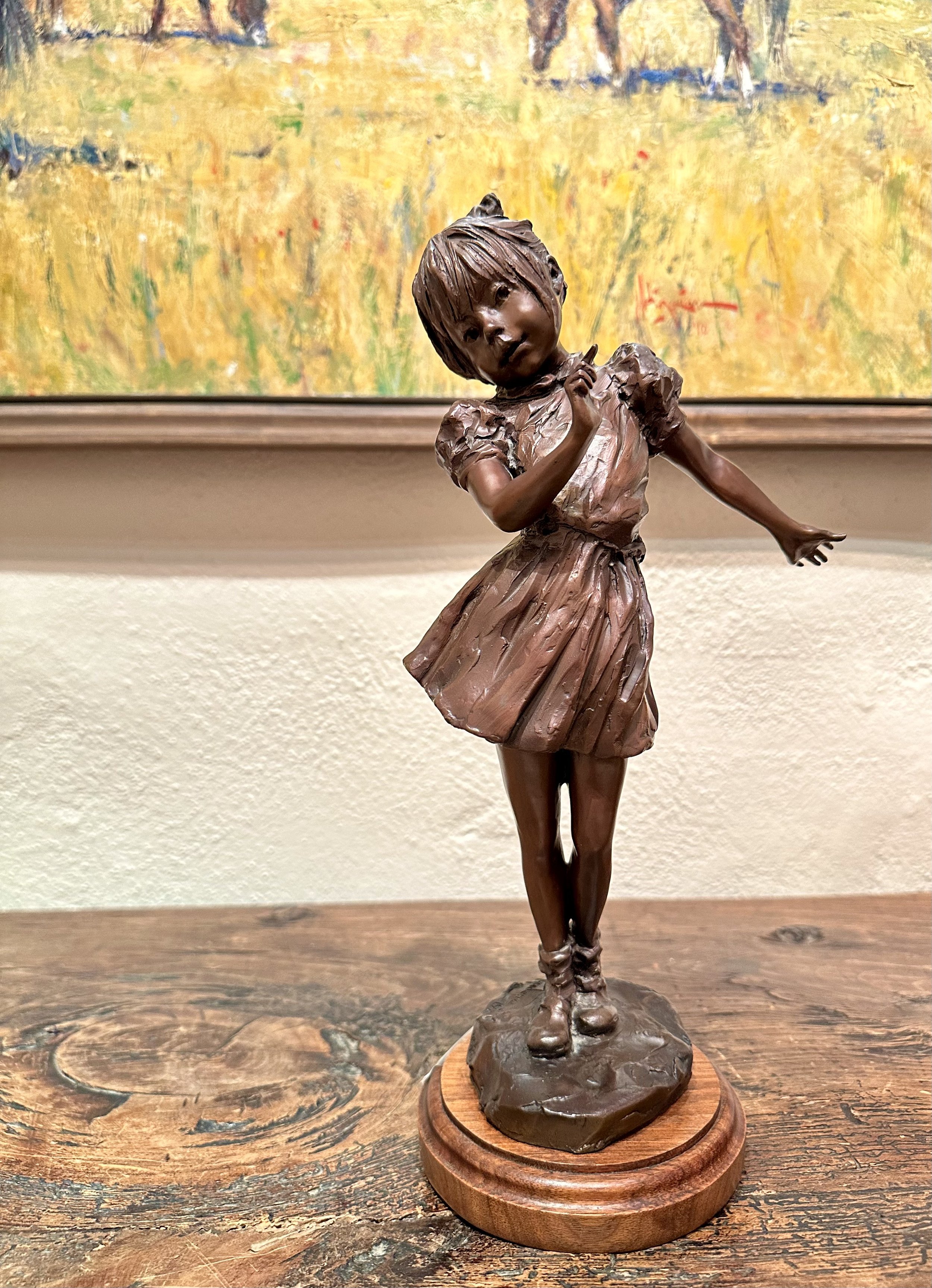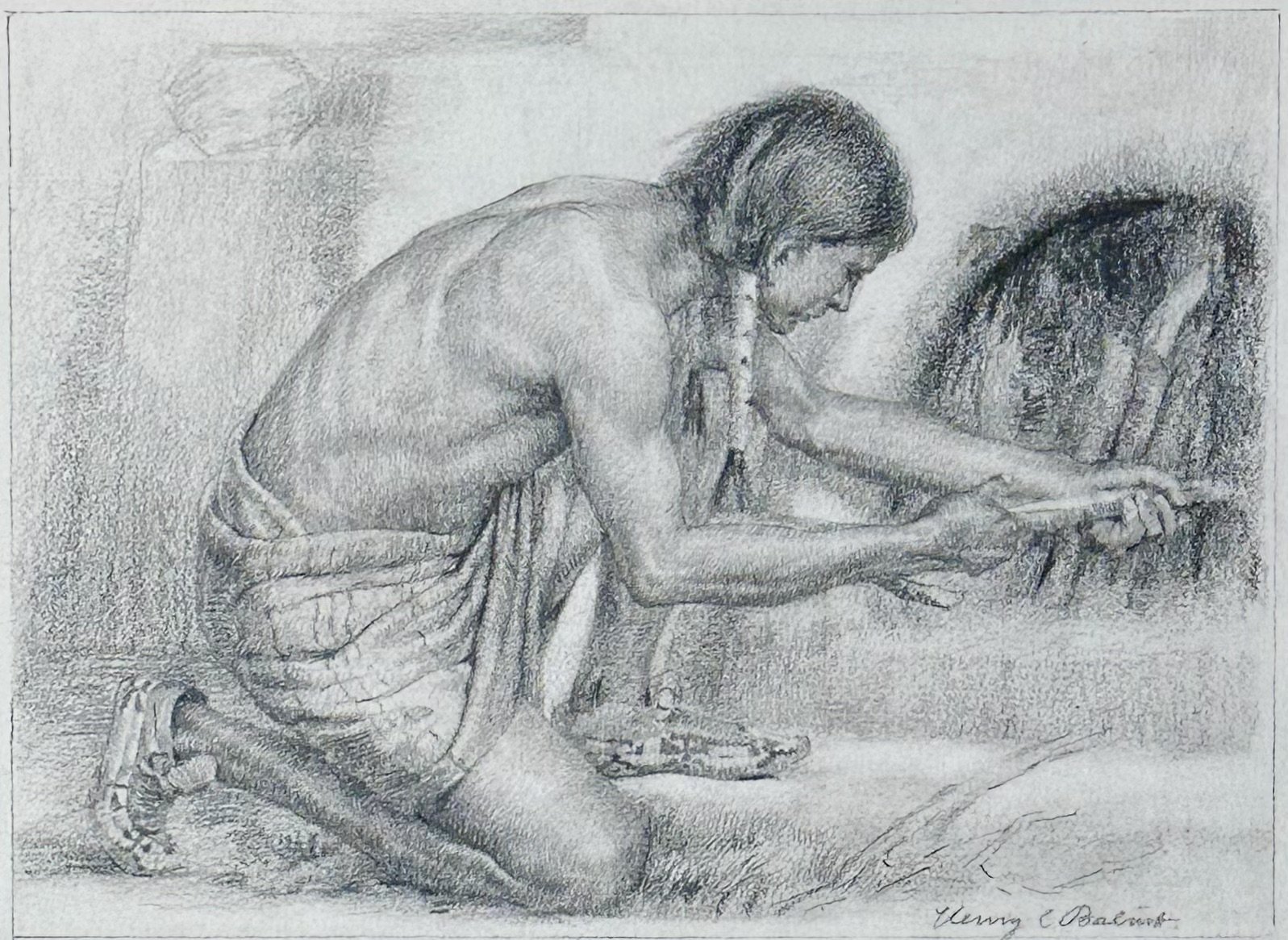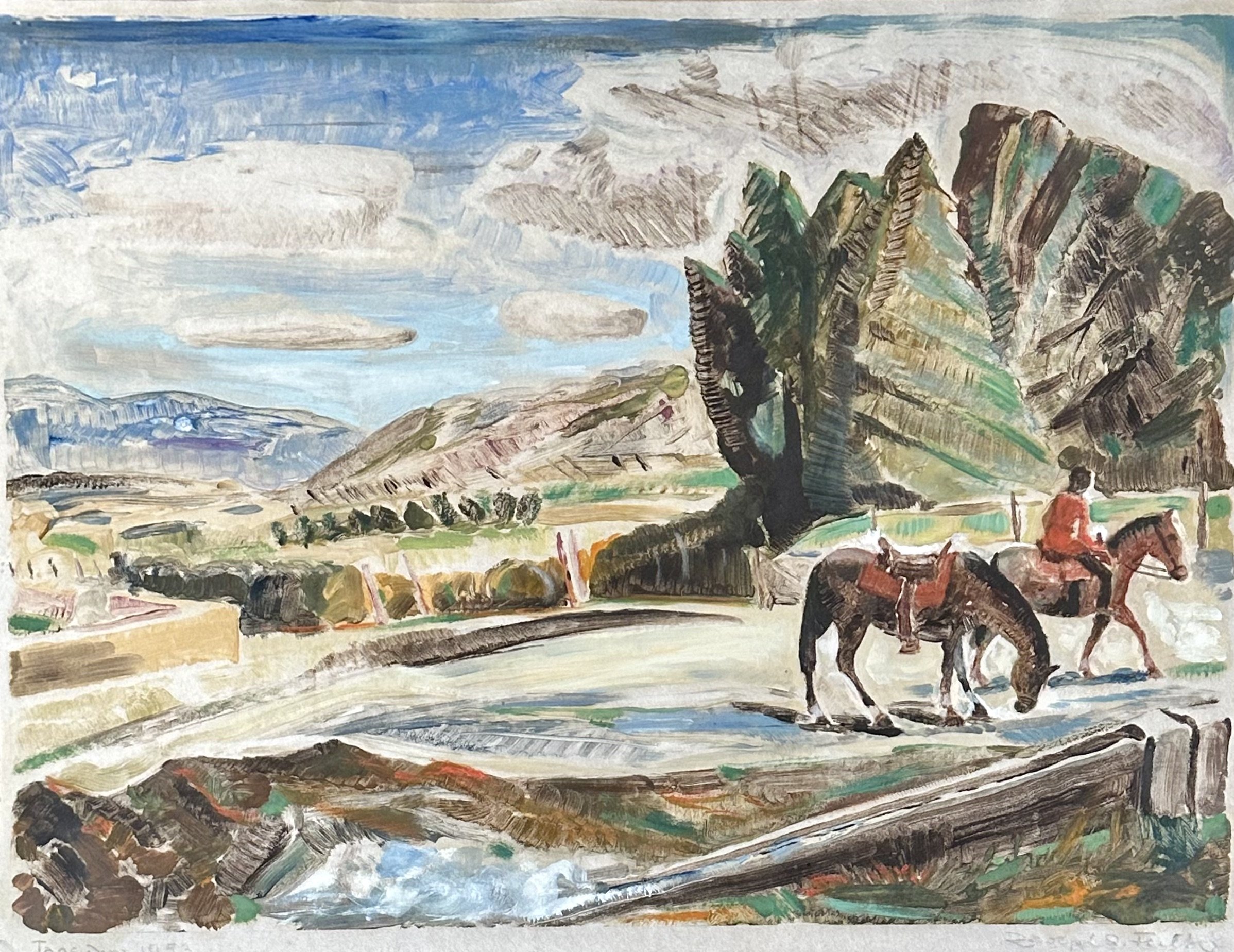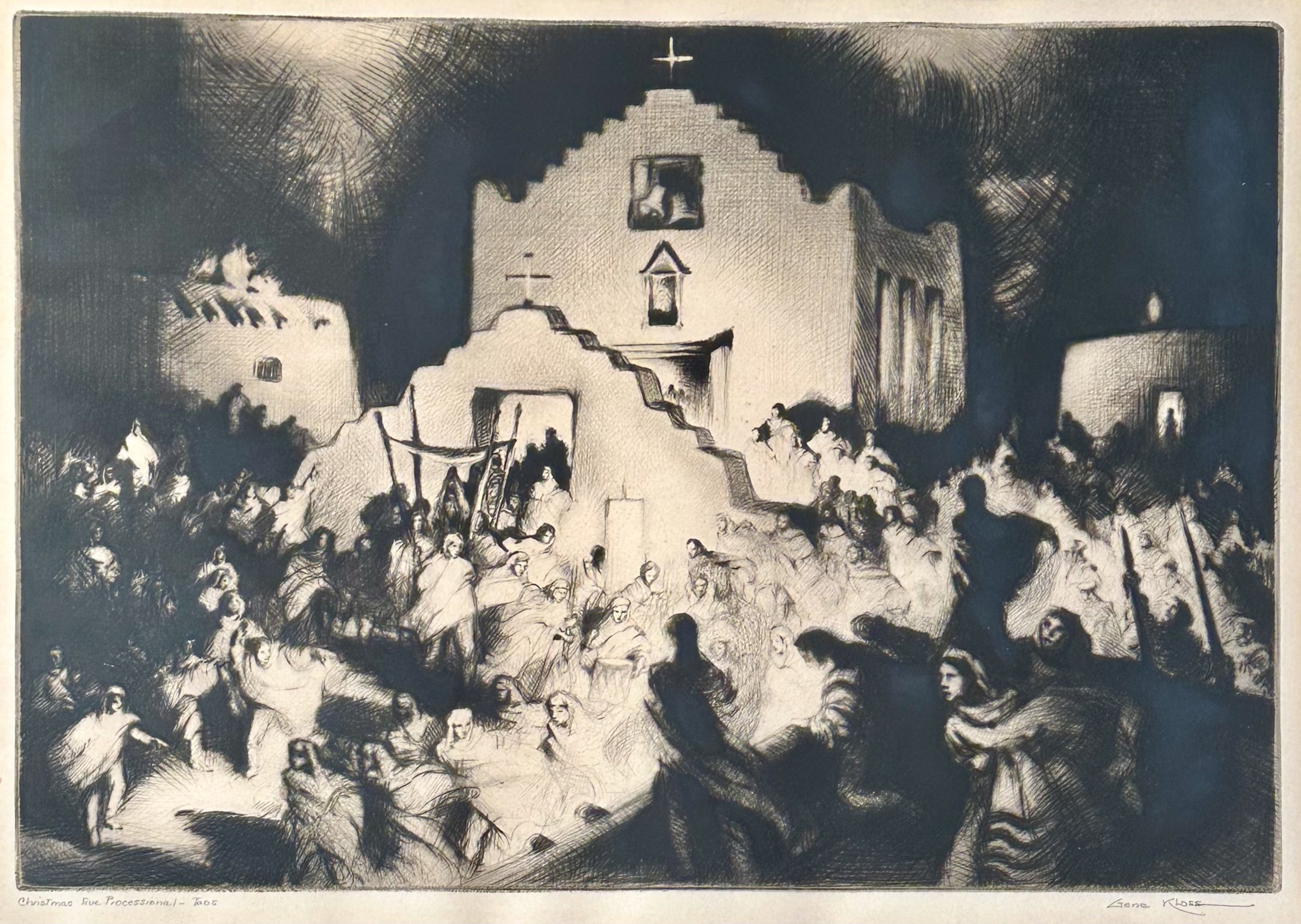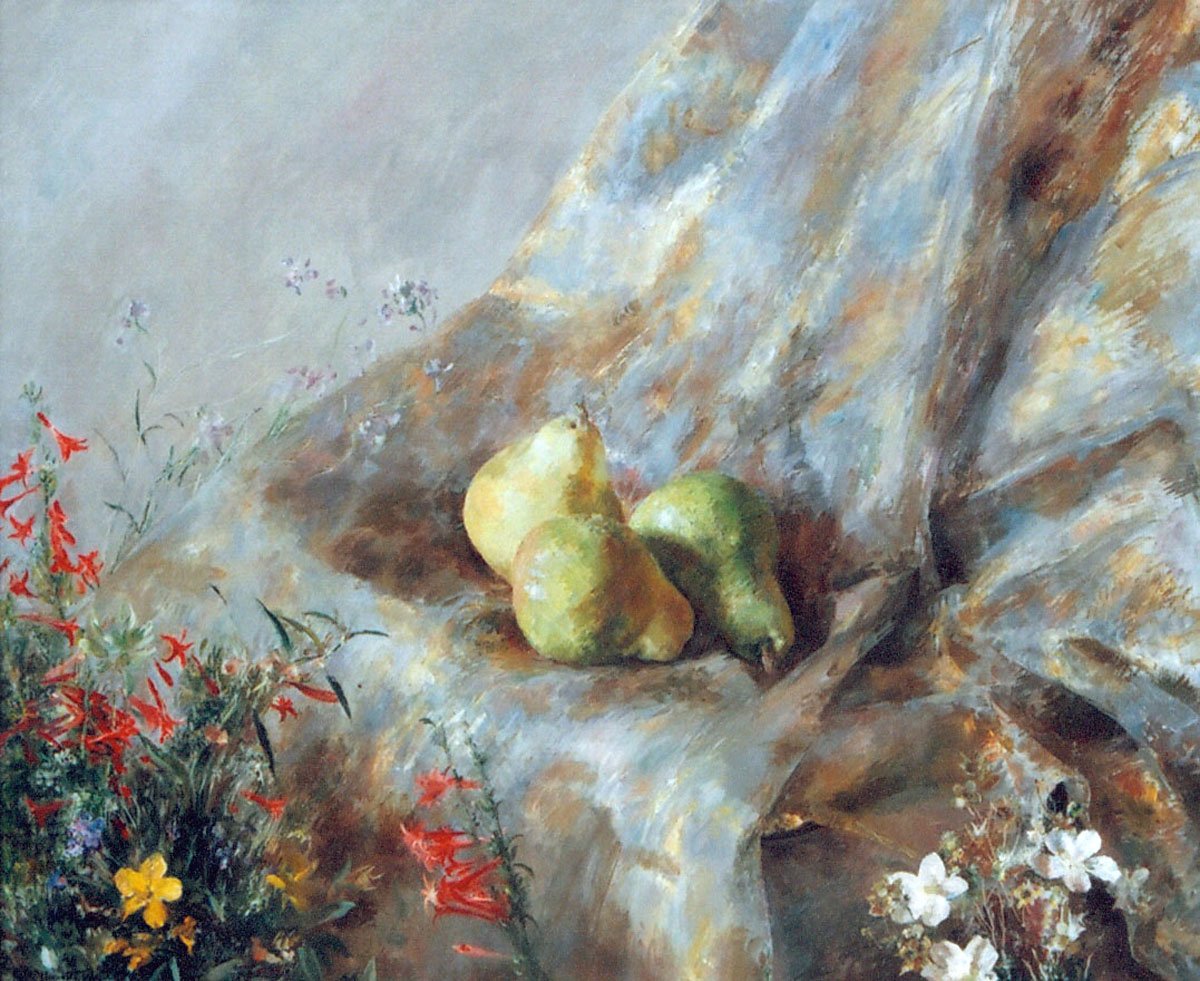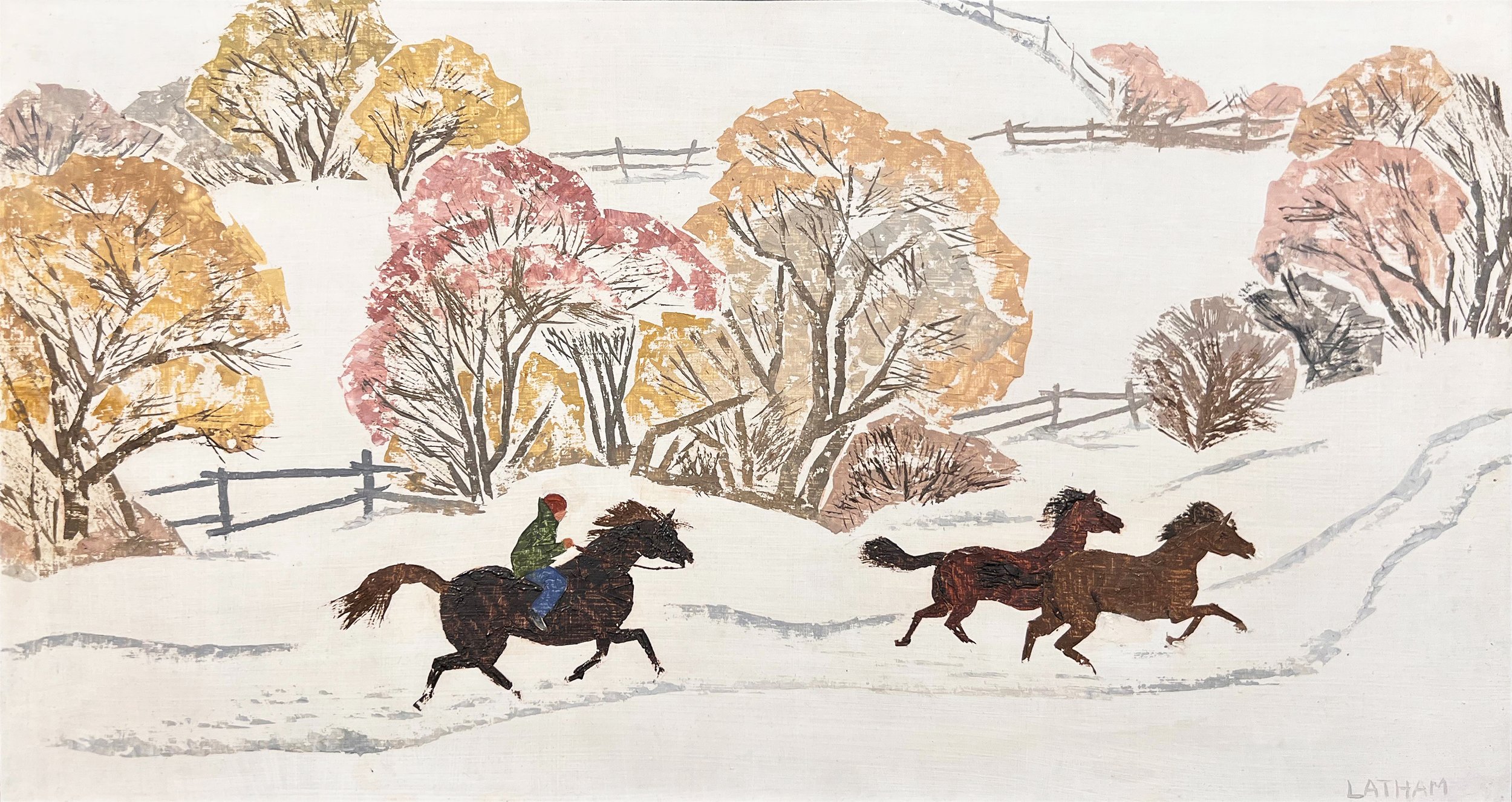Historic Treasures Under $10k
/In many ways, these works by some of history’s most esteemed artists are priceless. But in this selection, each piece is priced under $10,000, so you can add a treasure to your collection without breaking the bank.
Glenna Goodacre was one of the most noteworthy American sculptors of the past century. She is known not only for her major national commissions, including the Irish Memorial in Philadelphia and the Vietnam Women’s Memorial in Washington, D.C., but also for the craftsmanship and care she instilled in her myriad other works.
Born in Kazan, Russia, Nicolai Fechin first learned carving skills from his father, a gilder and woodworker, though he showed early promise in many art forms. Driven to the U.S. by the great Russian famine in 1923, Fechin and his family lived in New York until Nicolai fell ill with tuberculosis, which spurred them to settle in Taos. There, Fechin poured his soul into his art and adobe home. Today, it is the Taos Art Museum at Fechin House, a museum that pays homage to his life and talent.
Though Paul Strisik didn’t find the courage to dedicate himself to painting until later in life, his lifelong admiration of art helped him develop his skills quickly. He eventually studied at the Art Students League in New York under Frank Vincent Dumond, whose mentorship guided him to pursue art as a career. Strisik lived in Massachusetts, but spent winters in Santa Fe after purchasing property there in the 1970s.
A legend of Southwestern art and the first director of the New Mexico Museum of Art, Sheldon Parsons's use of blue and tawny hues brings a measure of warmth to this frigid scene.
This small gem of a pencil drawing was created by the legendary Dutch portrait artist, Henry Balink. Known for his vibrant paintings of Native Americans, this piece is a rare example of the artist’s drawing skills.
How Santa Fe has changed over the years! The city’s transformation is evident in this nostalgic painting overlooking Palace Avenue by Hungarian painter, Odon Hullenkremer.
Will Shuster was drawn to Santa Fe by the arid climate. After inhaling mustard gas in WWI, he developed a terrible case of tuberculosis, which doctors didn’t think he’d survive. Instead, he slowly recuperated and became a beloved figure in the city, going on to join the artist group, Los Cinco Pintores.
A master watercolorist, Hungarian-born Sandor Bernath exhibited works at the New York Watercolor Club, the American Watercolor Society, and other notable institutions in the 1920s. In the 1930s, his travels brought him to New Mexico, where the light and landscape inspired new dimensions in his work.
W. Herbert “Buck” Dunton was a lifelong lover of nature and the rugged West, professionally rendering its peoples and scenes from age 16. Dunton eventually moved to Taos at the urging of his colleagues and became a founder of the Taos Society of Artists, helping to preserve the beauty of the untouched West in his art.
Theodore Van Soelen (1890-1964) - New Slippers, Ed. of 100, lithograph/paper, 14 ½ x 18 ½ in. $3,200
Like many artists of his day, Theodore Van Soelen was living and working on the East coast when he was driven West by tuberculosis in 1916. He eventually settled in Santa Fe, learning the ways and culture of the area by spending time in the surrounding small towns and ranches, which inspired his work.
After launching a budding career in Europe and serving in WWI, Joseph Amadeus Fleck emigrated to the United States where he worked as chief designer of Tiffany’s stained glass operation in Kansas City. There, he saw an exhibition by the Taos Society of Artists, which inspired him to visit–and ultimately move to—New Mexico, where he continued to paint nearly the rest of his career.
Educated as both a fine artist and a physicist, Clark Hulings brought great intensity and dedication to all his pursuits. This concentrated study and love of art is apparent in his highly realistic paintings of villages, marketplaces, and burros.
Known for dramatic, chiaroscuro etchings, Gene Kloss’s work featured Taos landscapes, peoples, and cultural traditions usually in black and white. This illuminated processional scene is a quintessential example of her style.
Howard Cook was a multi-talented artist who spent time in Taos among many great artists of the day. There he met and married artist Barbara Latham, who joined him on travels creating murals for the New Deal. At the height of WWII, Cook was assigned to an art unit in the Pacific Theater, where he dutifully captured the drama of wartime in a series of watercolors, which were featured in a traveling exhibition: The Army at War: A Graphic Record by American Artists.
These pieces are currently available at Nedra Matteucci Galleries in Santa Fe, New Mexico. For pricing or other queries, please call (505) 982-4631 or email inquiry@matteucci.com.
